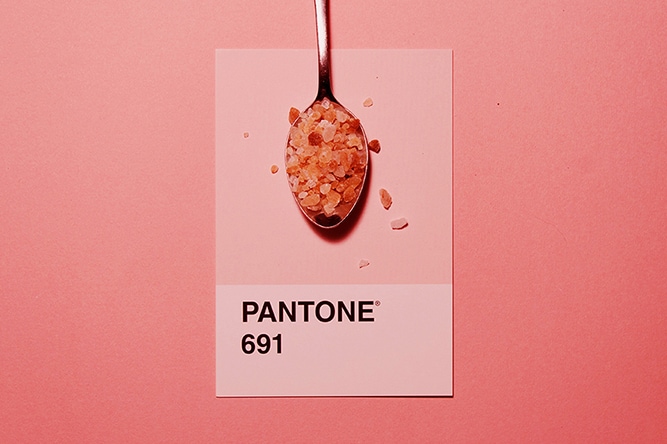One thing I’ve learned working in content strategy: Words are just the beginning. It takes great design to transform words on a screen into dynamic content that readers can find, easily read and want to share.
Our team depends on content designers to supercharge everything we write. One of those all-star designers is Kelsey Gallagher. Kelsey’s first big design project was in high school, creating motion graphics for the football scoreboard. She says that witnessing the utility of good design as a teenager intrigued her to explore design further. She set her sights on creating functional designs that communicate a message or solve a problem — which makes her a perfect designer for B2B content.
I asked Kelsey how content design has evolved during her career, how content marketers and designers can work together, and the advice she’d share with aspiring creatives.
How has designing web content changed in the past few years? What have you learned about creating optimal experiences for users viewing content online?
The web is changing every day. Designing for the web has shifted from desktop to mobile during my time as a designer. It all happened right about when I was graduating college. I graduated knowing absolutely nothing about mobile design, but all the web design positions were designing responsive sites. I had to learn really quickly about device sizes, pixel density and how to design for mobile first. It’s a lot to keep up with. The responsive nature of the web is pushing design to be more modular and simple, and I like that.
What do you think is coming next in web and content design?
I think we’re going to see a lot more video. I can’t help but think of how quickly Snapchat adopted the Featured section, where it displays little clips from various news and media sources, taking a kind of “Flipboard meets BuzzFeed” approach. I think this method of content consumption will continue making its way into the mainstream.
We’re going to continue to see dynamic content evolve — not only in design but in the content itself. A big UX trend right now is the use of microinteractions, subtle interactions triggering emotion, to bridge the connection between humans and technology. Think about the automatic confetti animation when you say “Congrats!” in an iMessage, or the Facebook Live reactions moving across the video as users react to the content.
Interactive content is hot right now. Why should we keep an eye on interactive content?
Interactive content gives more information, which is good for marketers and users. As a user, interactivity might mean I can dive deeper into the topic to learn more, or see related content curated just for me. As a content marketer, interactivity might provide instant feedback on my piece, or it might provide me with data to inform future marketing decisions.
We often work together updating websites to feature branded content. What do you think is key to creating a great brand publishing site?
Great brand publishing lets the content speak, and that isn’t just with words. There are a lot of elements that need to work together to build visually appealing content — choosing relevant, eye-catching photography, properly categorizing the articles, and developing a layout that makes sense to the user. A great brand publishing site is always the result of collaboration between content and design teams.
What’s your advice for someone who’s just starting out as a creative professional?
Find a mentor. I learned and grew the most outside of school, in the workplace. In each of my work experiences, I was fortunate enough to work with at least one senior-level designer who gave great guidance and pushed me to be better. I still talk to a lot of them today.
Another big one: Require compensation for your work. Even if you’re a beginner, your time is valuable and you deserve to be compensated.
Managing editors at brands and traditional publishers often have to manage designers, even though that’s not their background. What’s your advice for non-designers who want to communicate more effectively with their design team members?
Work together to define your team’s roles and process before you start working together (or if you’ve already started working together, do this ASAP!). Constantly evaluate the process and refine it together. Every designer has different preferences about how they work, so ask questions and understand what each team member needs to do their job well.
Designing takes a lot of creative energy. You’re a busy designer, with a lot of projects on your to-do list every day. How do you stay creative, even when you’re facing deadlines?
I’m of the philosophy that everyone’s job requires creative energy. Maybe some roles require more than others, but really, it takes creative energy to navigate life. Everyone can relate to that!
Doing creative work requires balance. I’ve been doing this long enough to have an idea of when I’m most creative (in the morning, when I’m freshly coffee-ed), my peak creativity duration (3-4 hours), and when I’ve reached my limit for the day. I try to budget my schedule to stay within these parameters.
For others, balance might mean taking a midday walk or making a delicious lunch (which I also do as a reset method). With deadlines, sometimes I ask for more time if I need it, and that’s okay.




